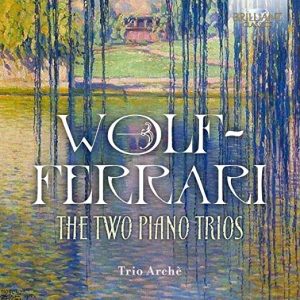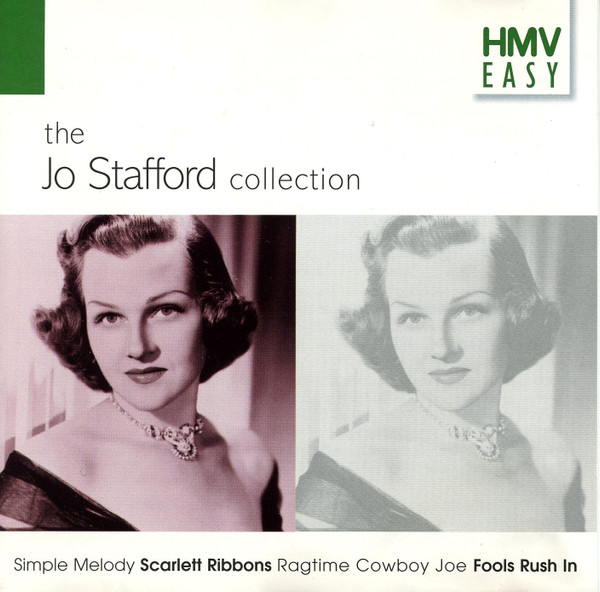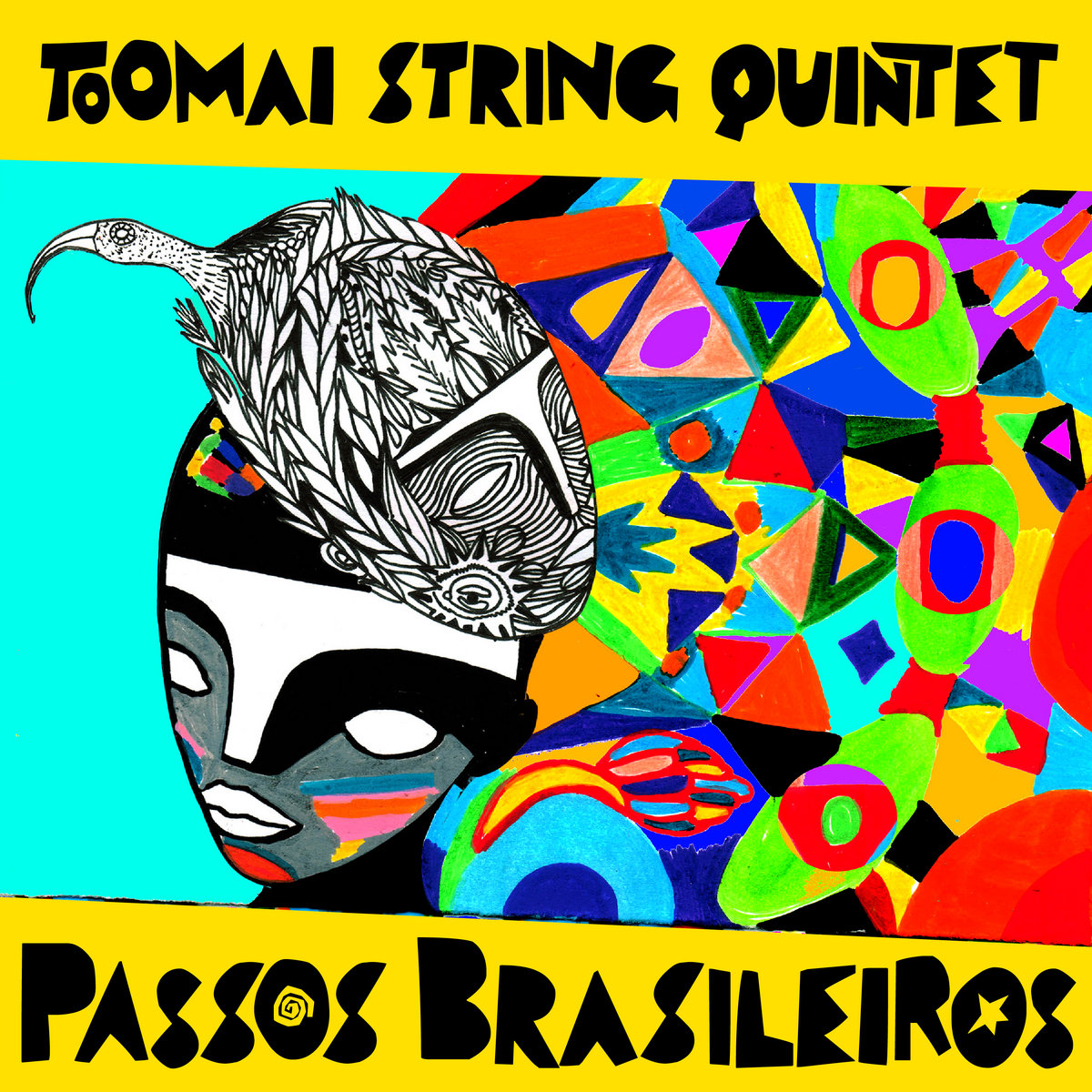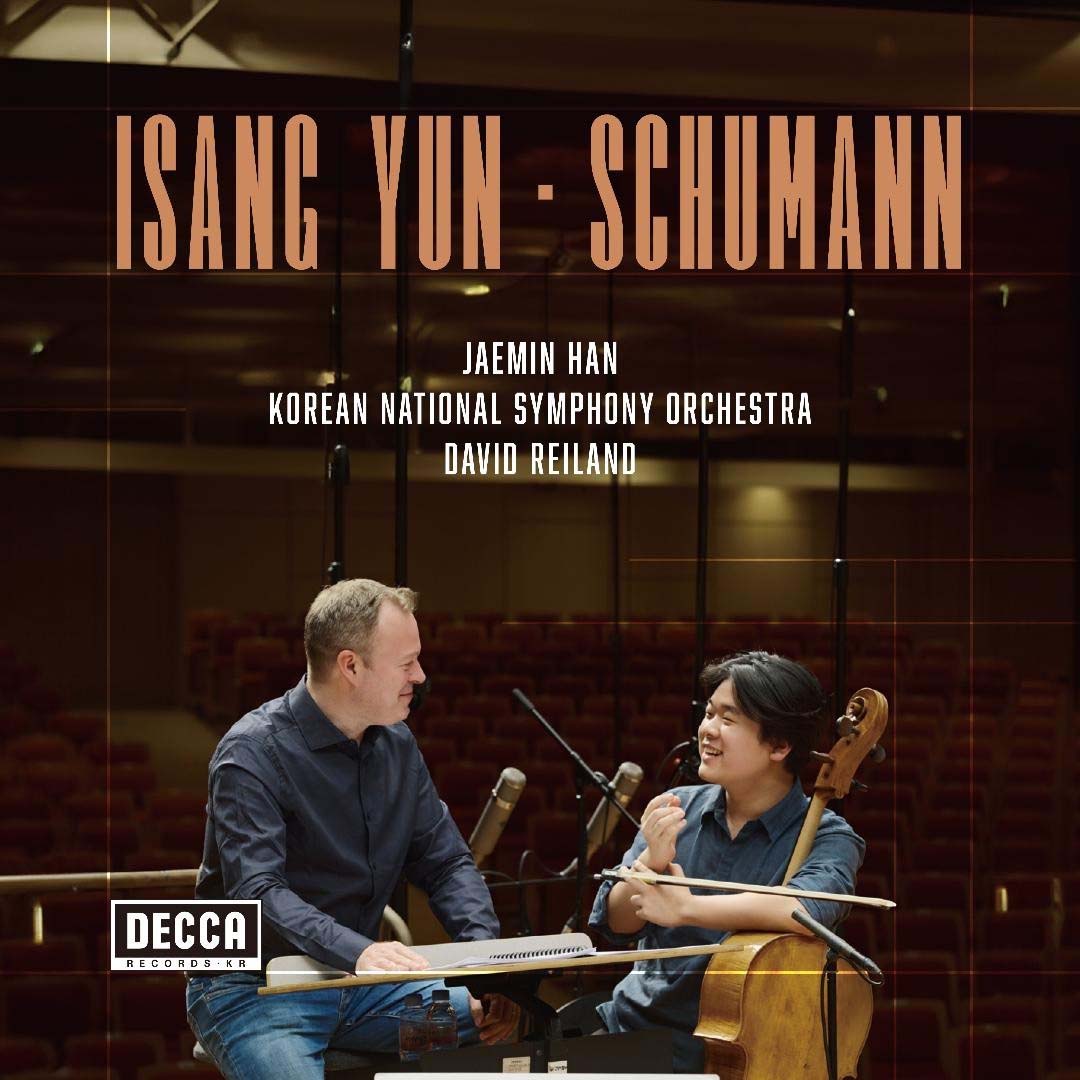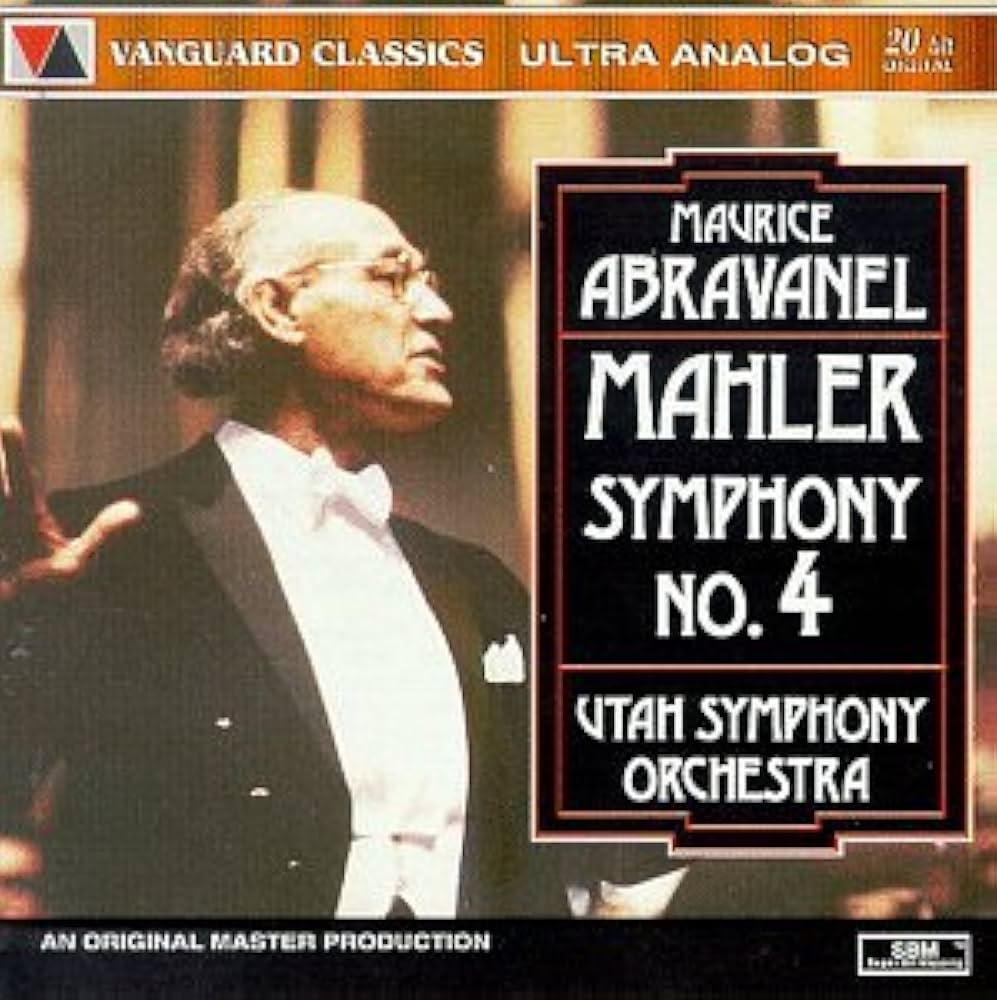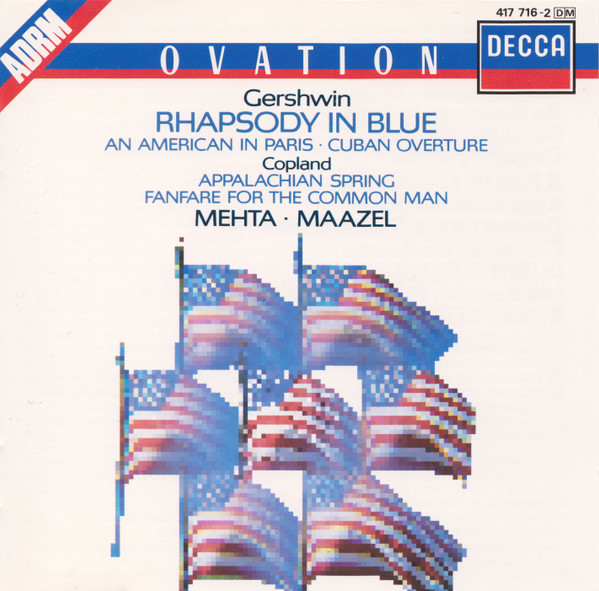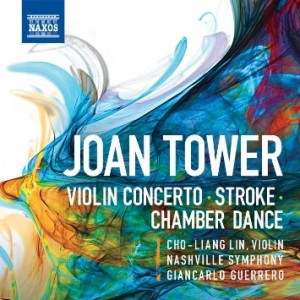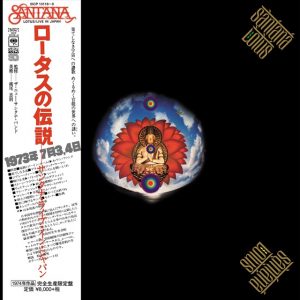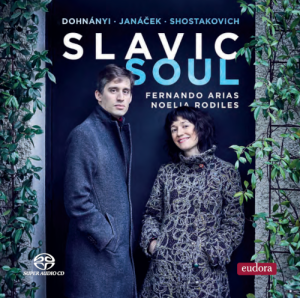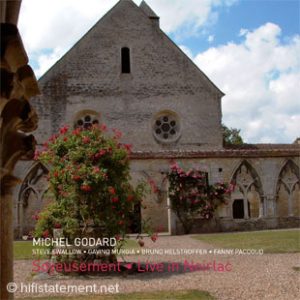WOLF-FERRARI: Piano Trios: No. 1 in D, Op. 5; No. 2 in F-sharp, Op. 7. Trio Archè. Brilliant Classics 95624. TT: 70.15
Ermanno Wolf-Ferrari (1876-1948) is best remembered for his operas—I quattro rusteghi, Le donne curiose, Il segreto di Susanna—which are still performed from time to time, mostly in Italy. (A famous Barcelona performance of his Sly, starring José Carreras, made the rounds back in the '90s.) But his compositions include a surprising amount of instrumental music, especially chamber music.
These two early piano trios, like his operas, reflect the same mixed national influences as the composer's compound name. The German elements are clearest in the piano writing, not only in its Brahmsian arpeggiations—practically a truism—but in the occasional restrained chorale, the quietly syncopated accompaniments, and the expansion of chords into a concertante amplitude. (It's odd how Romantic chamber music seems inevitably to strive for, or strain at, full orchestral effects.) Italianate lyricism falls mostly to the strings, in shapely, aspiring violin lines and fervent cello phrases. Some of the influences are further-flung. The meditative minor bits in the D major's scherzo sound vaguely British; at the F-sharp trio's start, the piano's quietly Lisztian gestures are answered by string phrases out of Chausson!
There is much to enjoy in these pieces. The idiomatic instrumental writing always falls pleasingly on the ear. Wolf-Ferrari enjoys piquant harmonic shifts, and has a couple of other distinctive compositional quirks. He favors triple meters, even in "serious" movements, and generates his theme-groups from short rhythmic motifs, notably at the D major's start. The atmosphere ranges from agitated to yearning to infectiously playful. And there are some beautiful melodic passages: the central Meno mosso in the D major's scherzo, for example; or, in the F-sharp minor trio, from 14.18 of the first movement through to the trio's close.
Where Wolf-Ferrari falls short is in building those discursive opening Allegros. The intended sonata forms don't unfold clearly—you can't always tell quite where you are within the structure. He shares this formal problem with his contemporary Giuseppe Martucci, in his Piano Trios (Naxos 8.573438), but most of Martucci's tunes more readily hold your attention. A couple of movements here end abruptly, with a quick, unprepared capper; others sound like they're winding down, only to pick up again and move in a different direction. Such devices are more eccentric than convincing.
The Trio Archè are enthusiastic advocates for these scores, as they were for the rather better trios of Marco Enrico Bossi (Brilliant Classics 95581). Violinist Francesco Comisso drives some of the higher phrases, and both he and cellist Dario Destefano are guilty of a few "thready" pianos. But their commitment and musicality are never in doubt. The lyrical themes are eloquently uttered, and the octave passages—possibly even harder for two players to tune than are Bossi's unisons—are impeccably executed. The pianist, Francesco Cipoletta, is again expert and unexceptionable, whether taking the lead or supporting the strings.
Recommended, although I'd check out those Bossi trios first. (Check out my earlier review HERE.)
stevedisque.wordpress.com/blog




